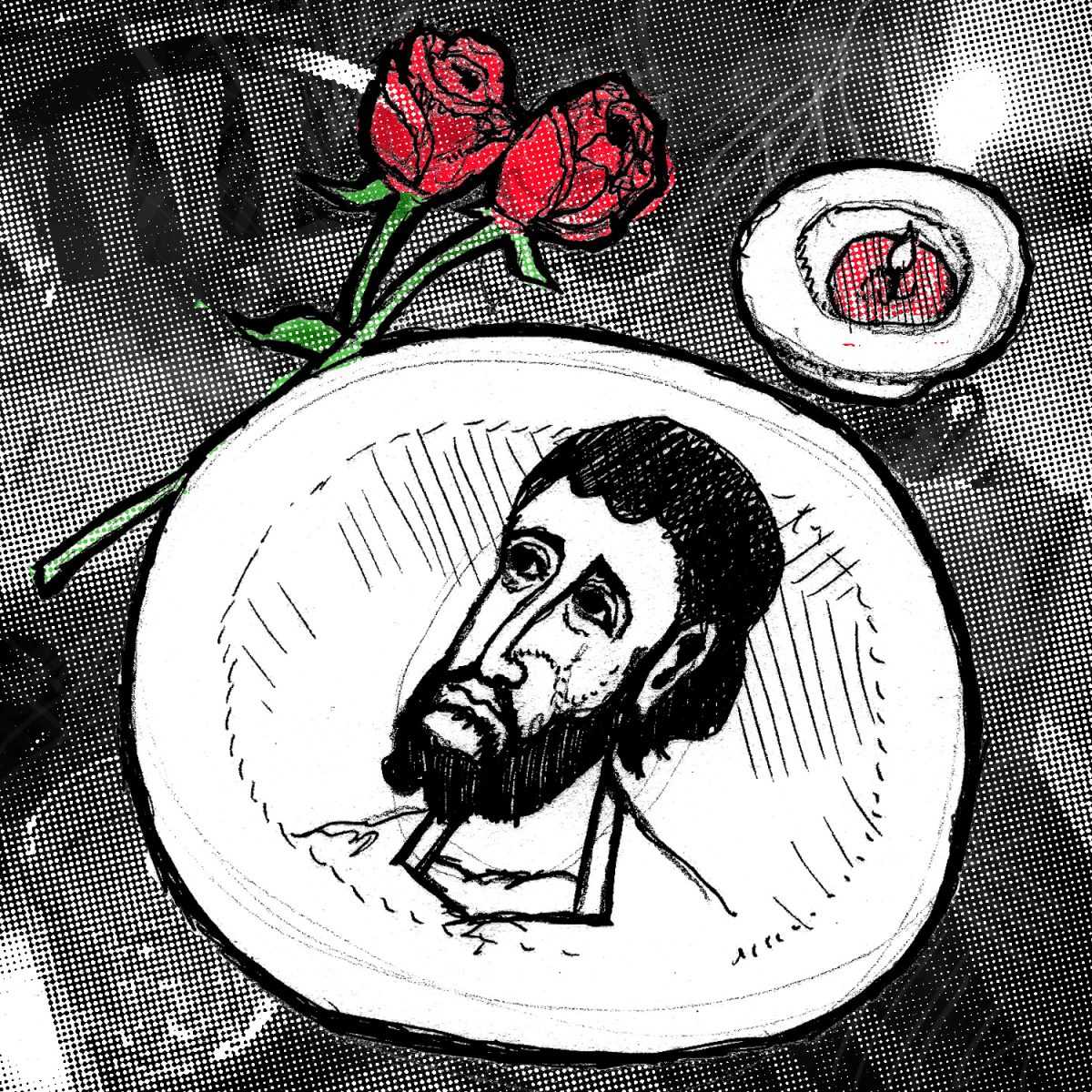We celebrate Valentine’s Day these days with boxes of chocolate, bouquets of flowers and time with loved ones, but the history of Valentine’s Day — and the story of its patron saint — is doused in mystery. We do know that February has long been celebrated as a month of romance and that St. Valentine’s Day contains signs of both Christian and ancient Roman traditions. But who was Saint Valentine, and how did he become associated with this ancient rite?
Timothy Stinson, professor of medieval literature, said it was Geoffrey Chaucer, the 14th century English poet and supposed “father of the English language,” who first made the connection between Valentine’s Day and romantic love.
“The Oxford Dictionary definition of ‘Valentine’s Day’ says that it originated from medieval times and they’d be right,” Stinson said. “What most people don’t know is that it was Chaucer who was behind it.”
The first recorded association of Valentine’s Day with romantic love is in Parliament of Fowls (1382) by Geoffrey Chaucer. Chaucer wrote:
For this was on seynt Volantynys day
Whan euery bryd comyth there to chese his make.
(“For this was on Saint Valentine’s Day, when every bird cometh there to choose his mate.”)
The time to which Chaucer refers has been a source of debate among medieval literature scholars, including Stinson.
“The poem is all about the one time of year when birds come together to choose a mate,” Stinson said. “In England, that time of year isn’t February, it’s May.”
In defense of a May date for Valentine’s day, many medieval literature scholars take into account the fact the poem was commissioned for first anniversary of the engagement of King Richard II of England to Anne of Bohemia. A treaty providing for a marriage was signed on May 2, 1381.
“Birds play a huge part in the romanticizing of Valentine’s Day,” Stinson said. “Chaucer really related their companionship and mating rituals to humans and the commonplace courtship that goes on between two people. They build nests together and raise a family together, just like we do.”
Chaucer’s Parliament of Fowls is set in a fictional context of what appears to be old English tradition, but in fact there was no such tradition before Chaucer.
Further study, Stinson said, shows that Chaucer wasn’t the only poet who wrote works about birds mating on St. Valentine’s Day. Though Chaucer predated him, Oton de Graunson from Savoy, France is widely acknowledged to be one of the only other authors to make the same claims.
“It seems to be a running theme with medieval and Renaissance literature,” Stinson said. “Because the records of those times are often lost, it’s really difficult to tell who came up with what first. It’s pretty clear that this one goes to Chaucer.”
In the excerpt from Parliament of Fowls, Chaucer mentions Valentine’s Day but does not give any context — a fact, Stinson said, that has frustrated historians for centuries.
“It’s frustratingly vague,” Stinson said. “We’re left to wonder just where Chaucer got the idea from. We’re left asking the question ‘who was St. Valentine?’”
The Catholic Church identifies at least three different saints named Valentine or Valentinus, all of whom were martyred. One legend claims Valentine was a priest who served in Rome during the third century. When Emperor Claudius II outlawed marriage for young men in an attempt to cultivate a better army, Valentine, realizing the injustice of the decree, defied Claudius and continued to perform marriages for young lovers in secret. When Valentine was discovered, Claudius had him beheaded.
Other stories suggest Valentine was killed for attempting to help Christians escape Roman prisons, where they were tortured and executed. According to one legend, an imprisoned Valentine sent the first “valentine” greeting after he fell in love with a young girl who visited him during his time in jail. It is supposed he signed it “from your Valentine,” an expression that we still use today.
Although the truth behind the Valentine legends is unclear, the stories emphasize his appeal as a heroic and romantic figure. By the Middle Ages, Valentine would become one of the most popular saints in Europe, and according to many college couples, his popularity persists.








